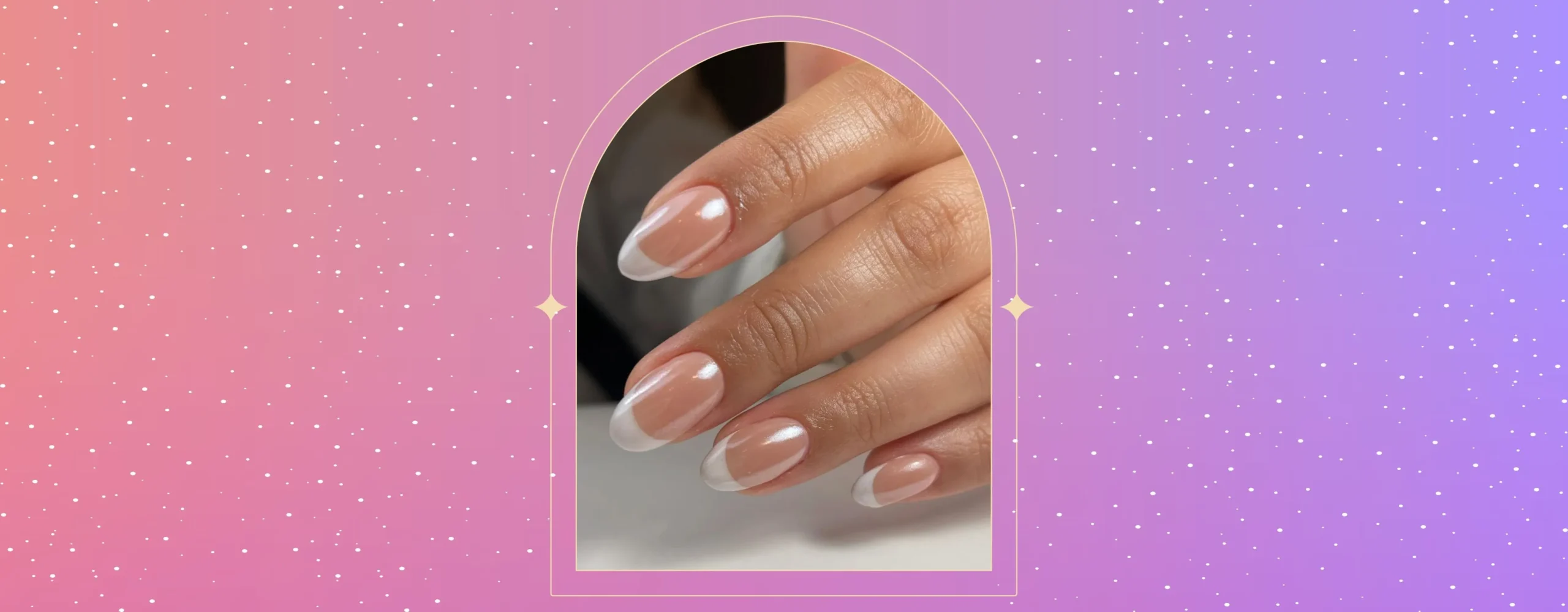
The world of nail care is buzzing with a new trend that’s turning heads and raising eyebrows — the Russian manicure. If you’ve been scrolling through social media feeds, you’ve likely encountered stunning images of impeccably groomed nails, drawing you in with their flawless appearance. But what exactly is a Russian manicure, and why is it causing such a stir?
To get answers to all your questions, keep reading as we uncover everything you need to know about this popular yet controversial technique. From what it is, how it compares to regular manicures, its benefits, the potential risks involved, and everything in between. By the end, you’ll have all the information you need to decide if this trendy manicure suits you.
What is a Russian Manicure?
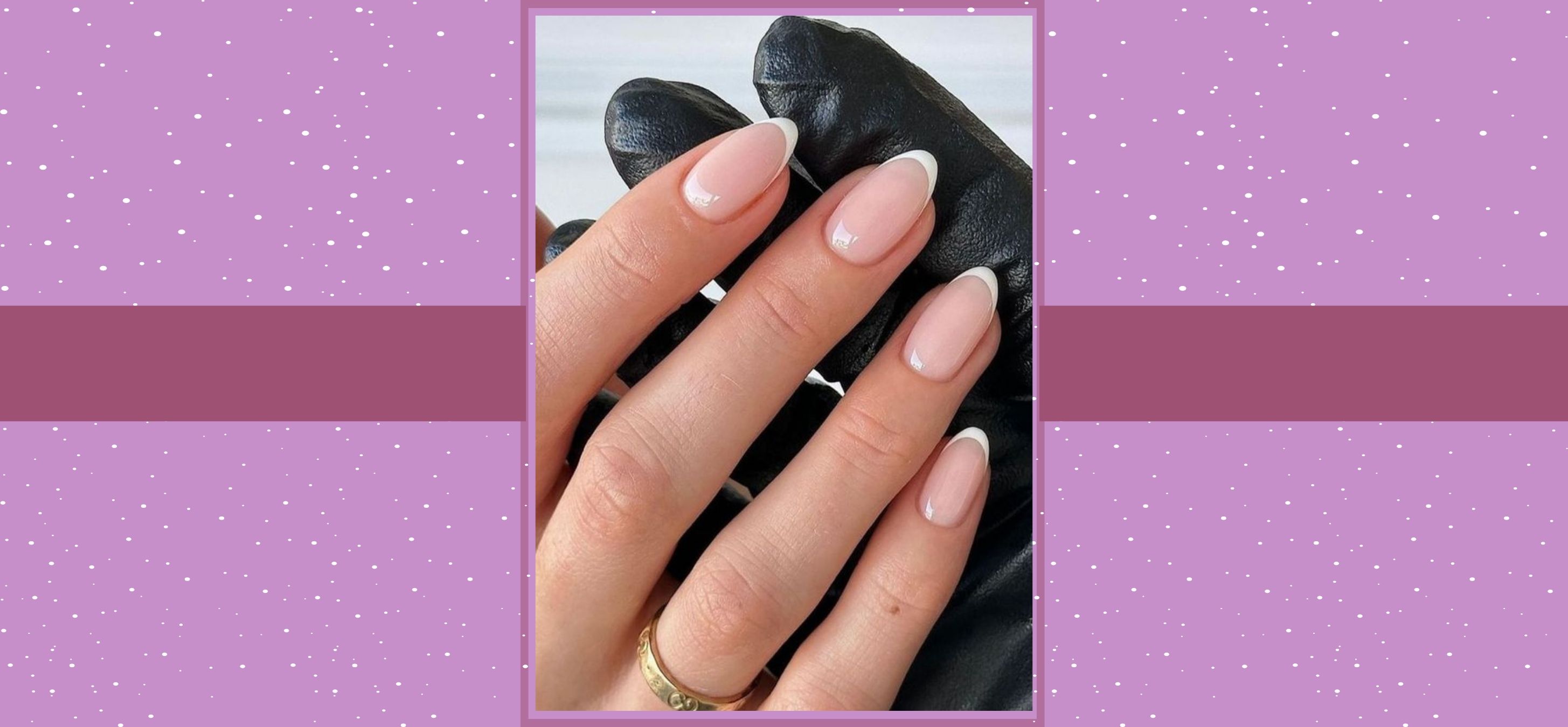
The Russian manicure, also known as the dry or electric-file manicure, is a technique that originated in Russia. It gained worldwide popularity after it went viral on TikTok, making Russian manicure near me a trending search term. Unlike traditional manicures that use water and clippers, the Russian manicure employs an electric file to shape and clean the nails and cuticles without water.
The method allows for precision and a polished look that many mani lovers find irresistible. The electric file removes dead skin and smooths the nail surface, creating a perfect canvas for nail polish or gel manicure. However, what distinguishes them from one another?
Russian Manicures vs. Regular Manicures: What’s the Difference?

A few key differences stand out when comparing a Russian manicure to a regular one. Firstly, the tools and techniques vary significantly. Traditional manicures usually involve soaking your nails in acetone, pushing back the cuticles with a wooden stick, and using nail clippers for shaping. However, with these dry manicures, an e-file is used to get the same results but with more precision.
The second most important thing to remember is the time and cost. Russian manicures usually take longer time and often cost more. You can expect to spend a good two hours in the salon and about $70 to $80 or even more, depending on the nail shape, art, and length you opt for. However, many people who choose this method argue that the long-lasting results are worth it.
Lastly, the finish and durability of both techniques are different. Russian manicures give you a polished, pristine look that lasts longer than traditional methods. The dry technique helps the nail polish adhere better, which means less chipping and longer wear.
What Goes Behind the Process?

At its core, the Russian manicure is all about precision and attention to detail. Before beginning the process, nail techs will ensure that their tools are sterilized properly to minimize the risk of infection. This step is crucial as an e-file can potentially cause damage if not used correctly.
Once the tools are ready, the stylists will start working on your natural nails by gently pushing back your cuticles. Then comes the most intricate part — using various e-file attachments to remove dead skin around the nail bed. The goal is to achieve a clean and smooth surface for polish application.
Next, your nails are shaped and buffed with a specific attachment on the e-file. This ensures that your nails are free of rough edges and imperfections. The final step of the manicure is to apply a base coat, two layers of polish, and a topcoat to give it a glossy finish.
Why the Controversy?
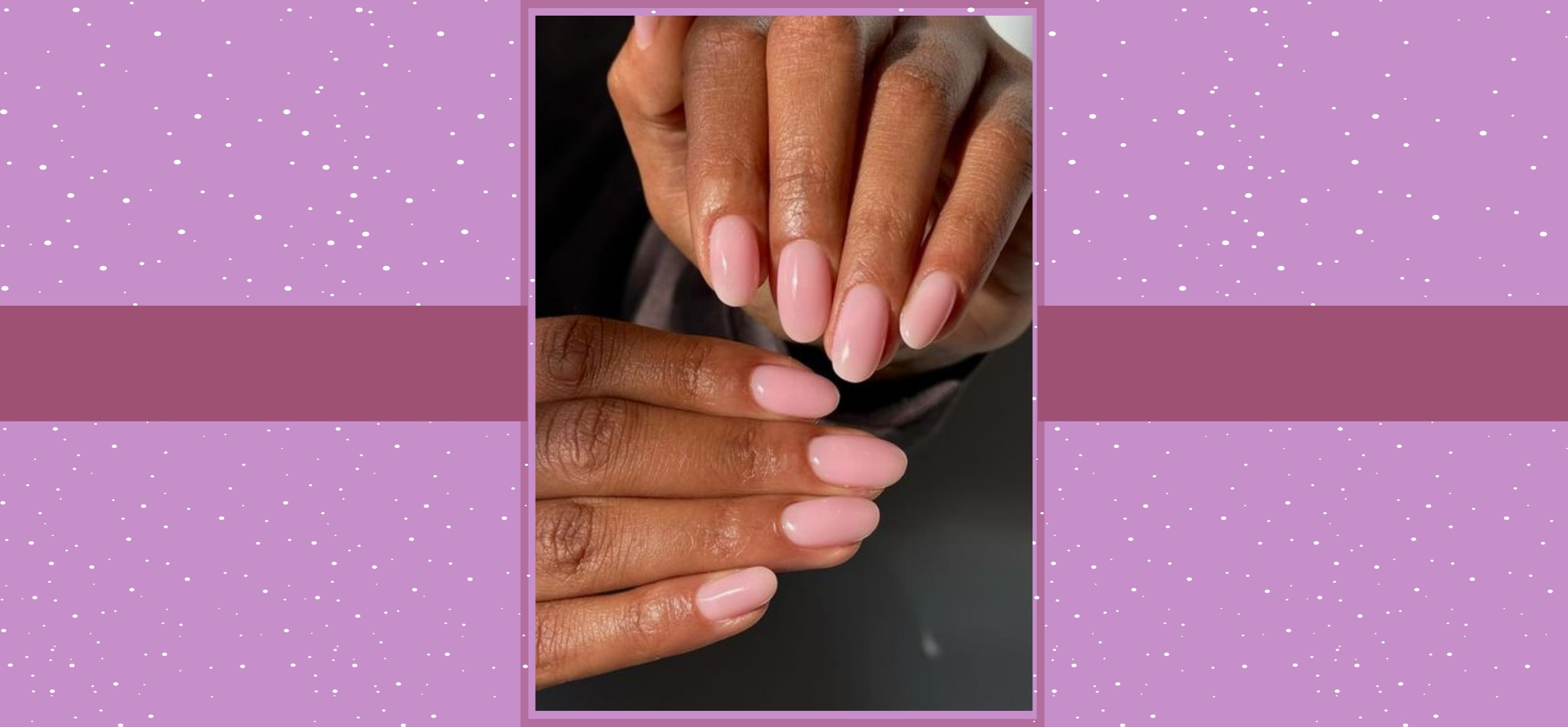
Like most beauty trends, there’s been some debate around the Russian manicure. With any type of manicure, nail care experts advise against cutting the cuticle as it can damage your natural nail bed if not done correctly. However, with this viral Russian technique, cutting the cuticles is one of the foremost steps to begin the process, hence the controversy.
Critics of this manicure also worry about the potential nail health risks and infections that occur with improper sterilization. However, supporters who have tried the technique and are satisfied with the outcomes argue that proper training and strict hygiene protocols can minimize the risks. They also say that the precision and longevity of a Russian manicure outweigh the potential downsides.
Is Russian Manicure Safe?
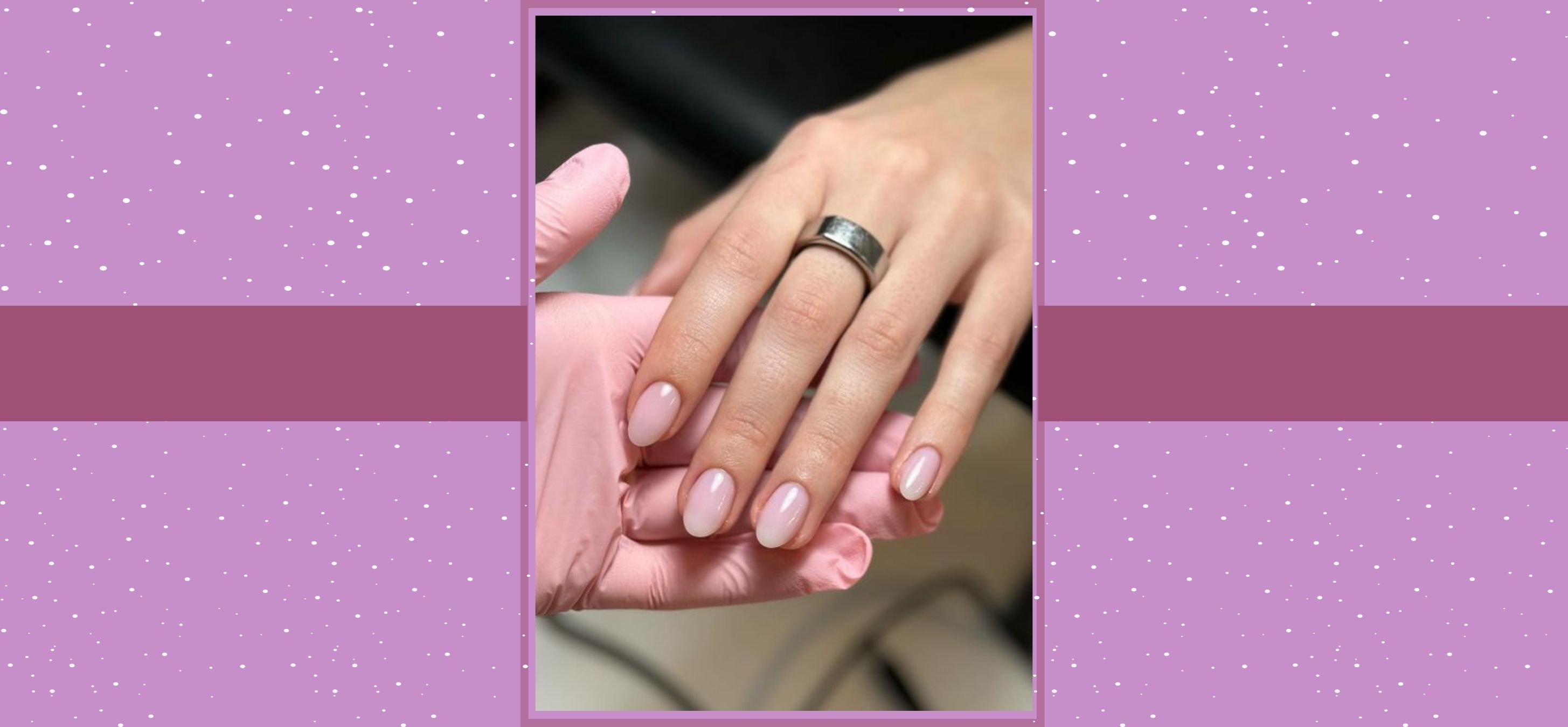
If you’re intrigued by the Russian manicure but concerned about its risks, there are steps you can take to ensure a safe and satisfying treatment. Firstly, research and choose a reputable salon with skilled technicians trained explicitly in the Russian manicure technique. Look for reviews and testimonials to gauge the quality of their services.
Secondly, do not hesitate to ask questions during your appointment. Inquire about the tools used, their sanitation procedures, and the stylist’s experience with Russian manicures. A reputable salon will be transparent and happy to provide this information.
Finally, listen to your body; speak up immediately if you feel discomfort or pain during the procedure. A skilled stylist should ease and adjust to ensure your comfort and safety.
Benefits that Outweigh the Risks
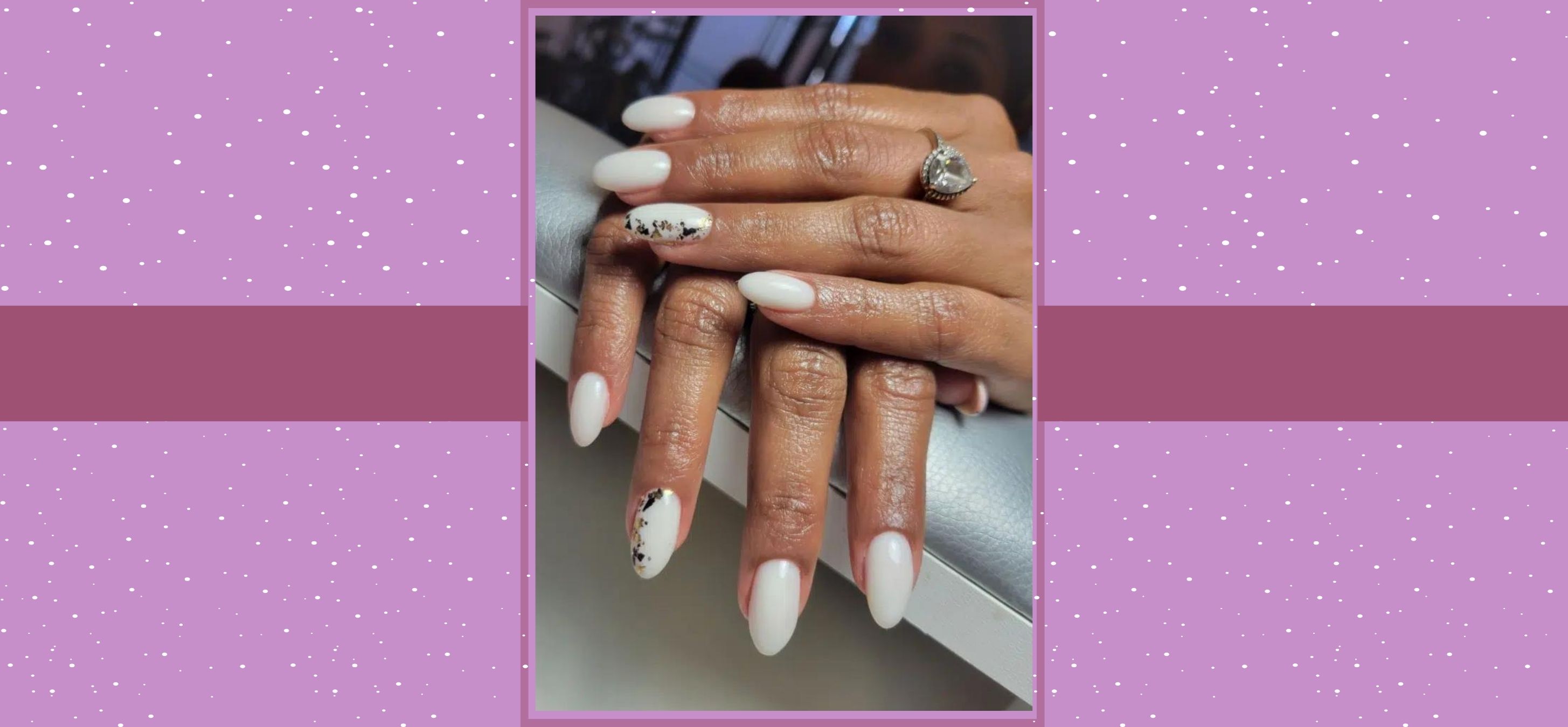
Despite the controversy surrounding Russian manicures, many people love this mani for its numerous benefits, including its longevity. Instead of soaking your nails in acetone, this technique uses a nail drill to file down the nail, remove most of the gel, and leave only a bit behind. Doing so helps your nails grow and stay hydrated, making them less likely to break and peel.
Another obvious advantage is the aesthetic appeal. The meticulous cuticle work and smooth nail surface create a flawless look that is hard to achieve with a regular manicure. For those who love well-maintained and neat nails, this method delivers a professional, polished appearance that stands out.
The Russian manicure is undoubtedly a popular nail trend, with its precise shaping and long-lasting results. While there may be some concerns surrounding its safety, with proper care and technique, the Russian manicure can be an excellent option for achieving flawless nails that last. So, if you’re looking to upgrade your nail game, why not give it a try? Book an appointment at a trusted salon and get yourself the manicure of your dreams.




